
We’ve previously discussed how solar panels are ,best styled to complement your home, but what if you live in an HOA that creates additional hurdles in going solar? ,Nearly 25% of Americans live in HOA-governed housing, where residents often face complicated regulations and guidelines in changing their home’s appearance. Solar is already a turnoff for many homeowners, largely due to a lack of aesthetics. Installing SolarSkin is a way to ensure panels are homogeneous with the rest of the neighborhood, and would make solar power more accessible to the 70 million people who commonly face the ‘HOA obstacle’. To ensure solar success in your HOA community, there are three key questions you should ask yourself. The answers can be found with a little bit of research, and with the help of SolarSkin.
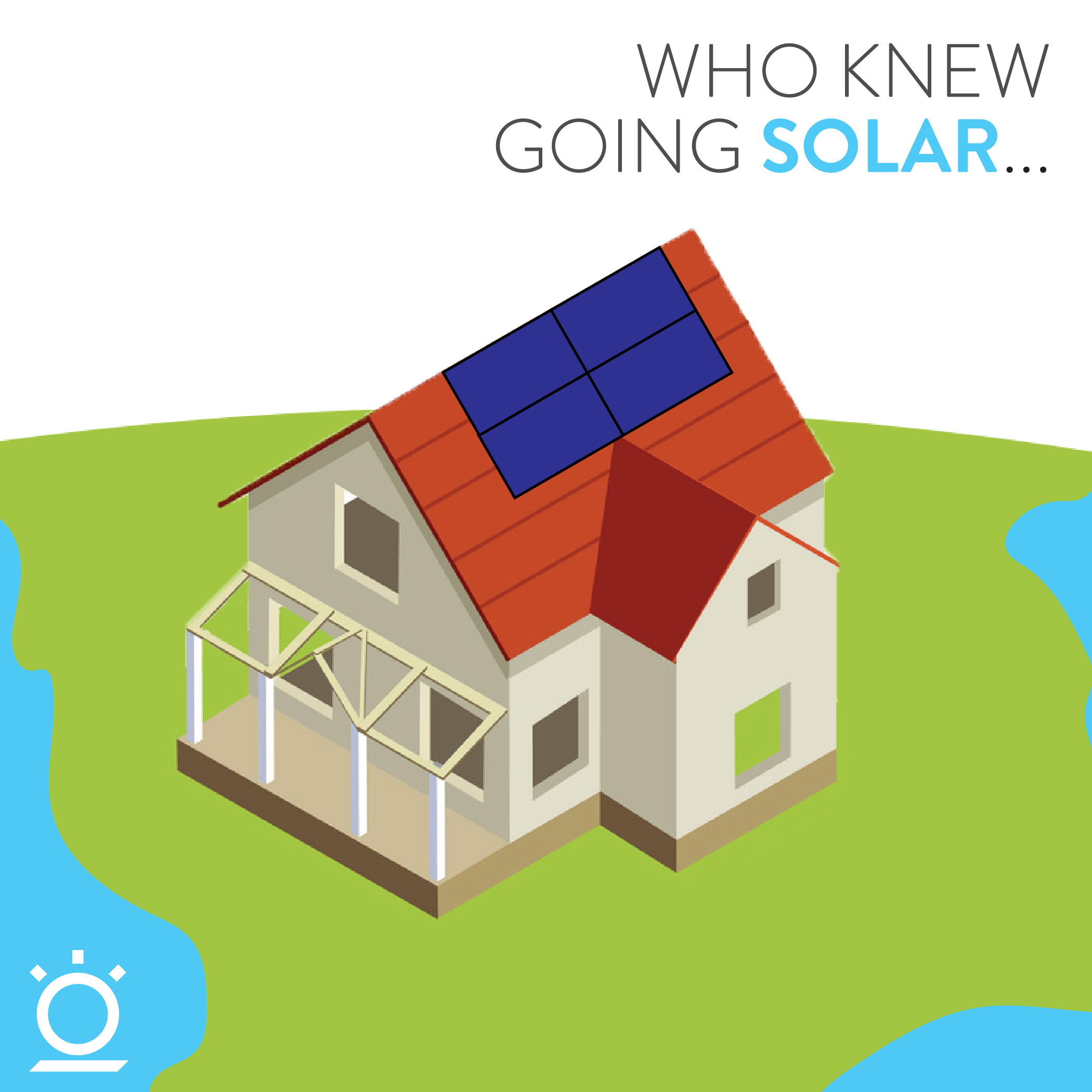
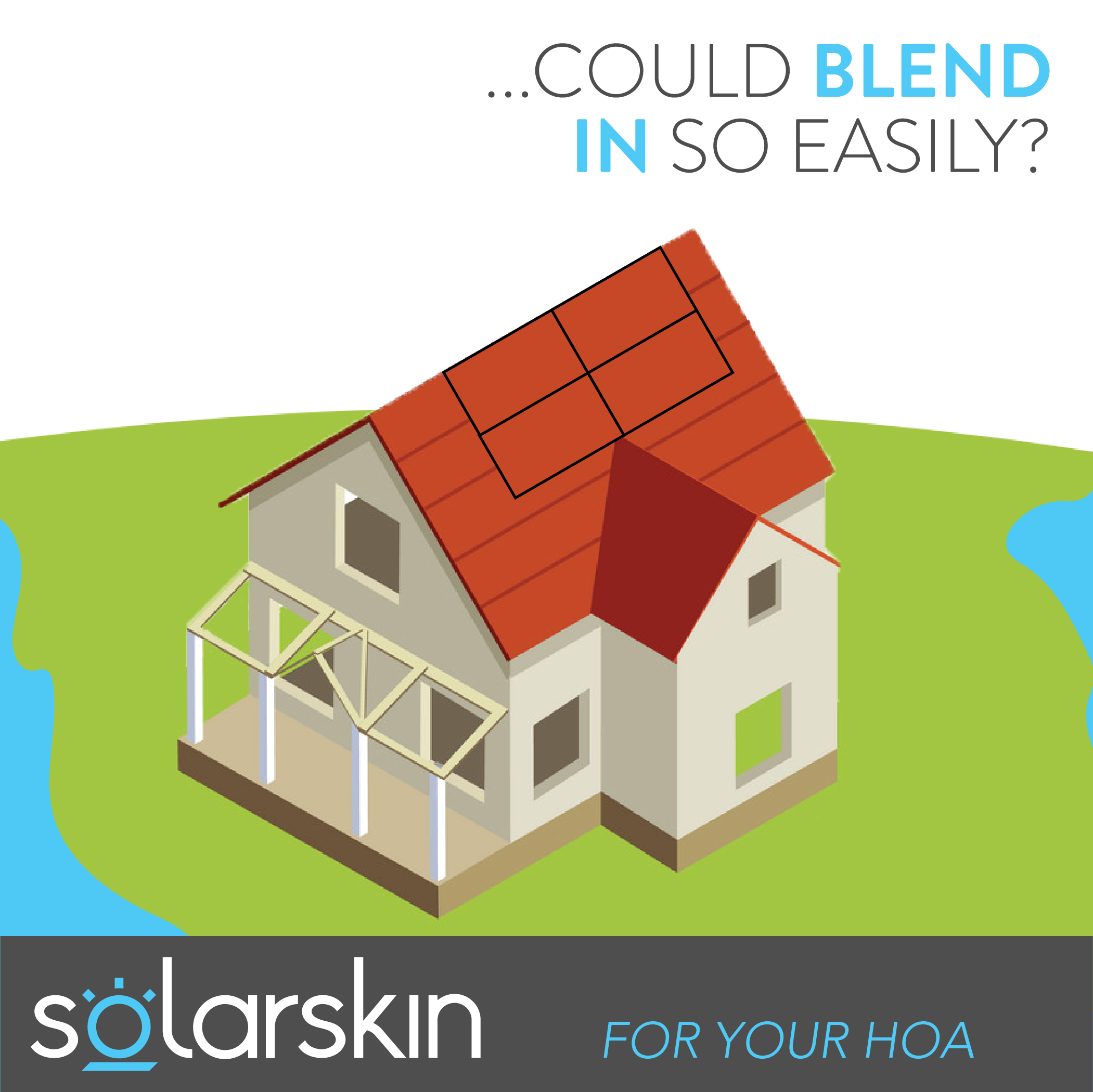
What misconceptions might my HOA board have against solar?
It is important to understand any misinformation that exists on solar energy when going to your HOA board for approval. For example, it is the most cost-effective for US residents to have their solar panels facing south. This is an important point to make to your HOA board, which may not not understand the technology and economics behind solar and try to influence the layout of the prospective solar system.
The subjective argument, that solar cannot be beautiful, is debunked when SolarSkin comes into play. With SolarSkin, your panels can blend in with any surrounding roof material, whether it be clay, slate, asphalt, or any others. The overlay of SolarSkin also optimizes panel performance by protecting the modules against heat and harmful UV rays. SolarSkin makes visually stunning graphics specific to your home possible. See below a residential solar installation, and the difference SolarSkin makes in being designed to match the roof’s material.
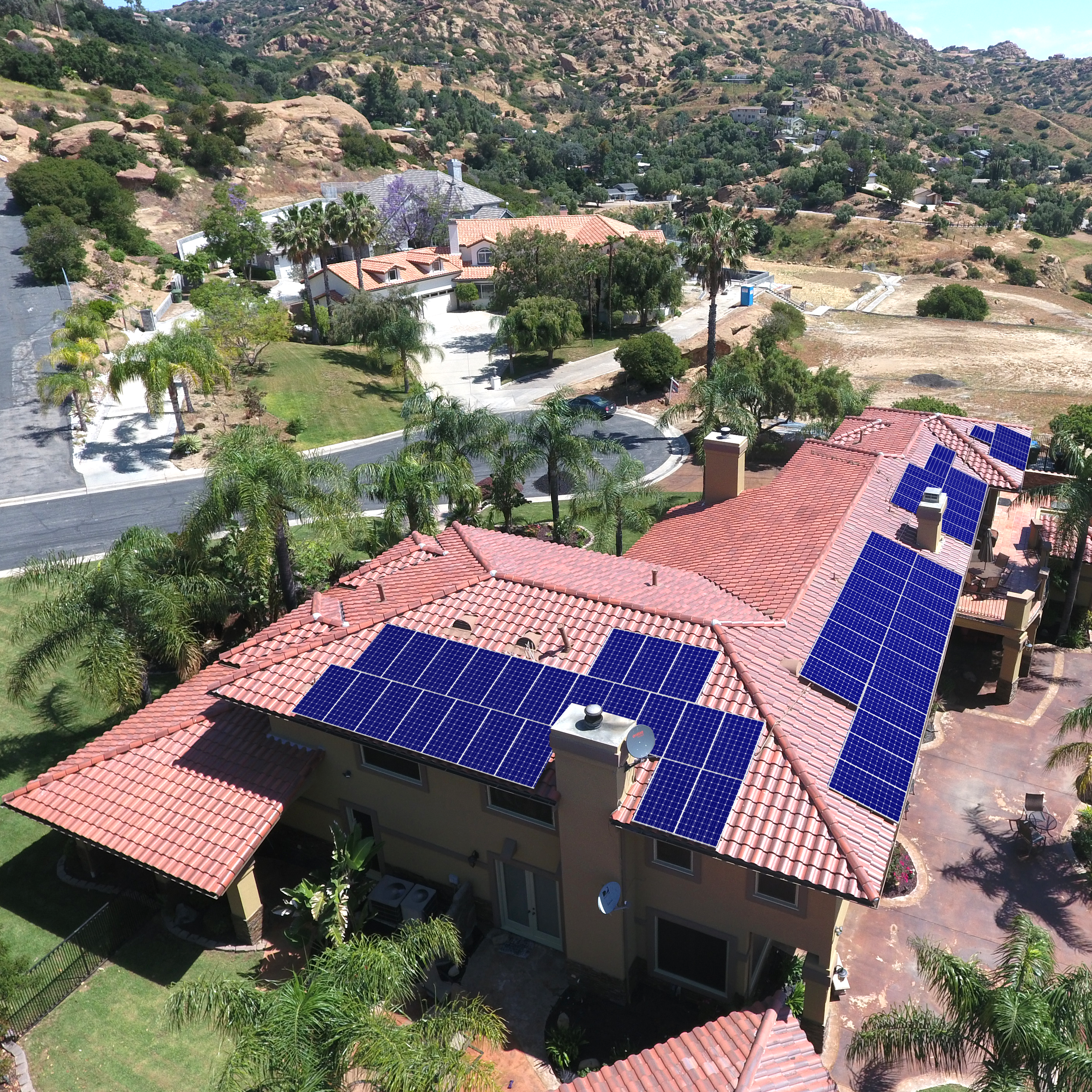
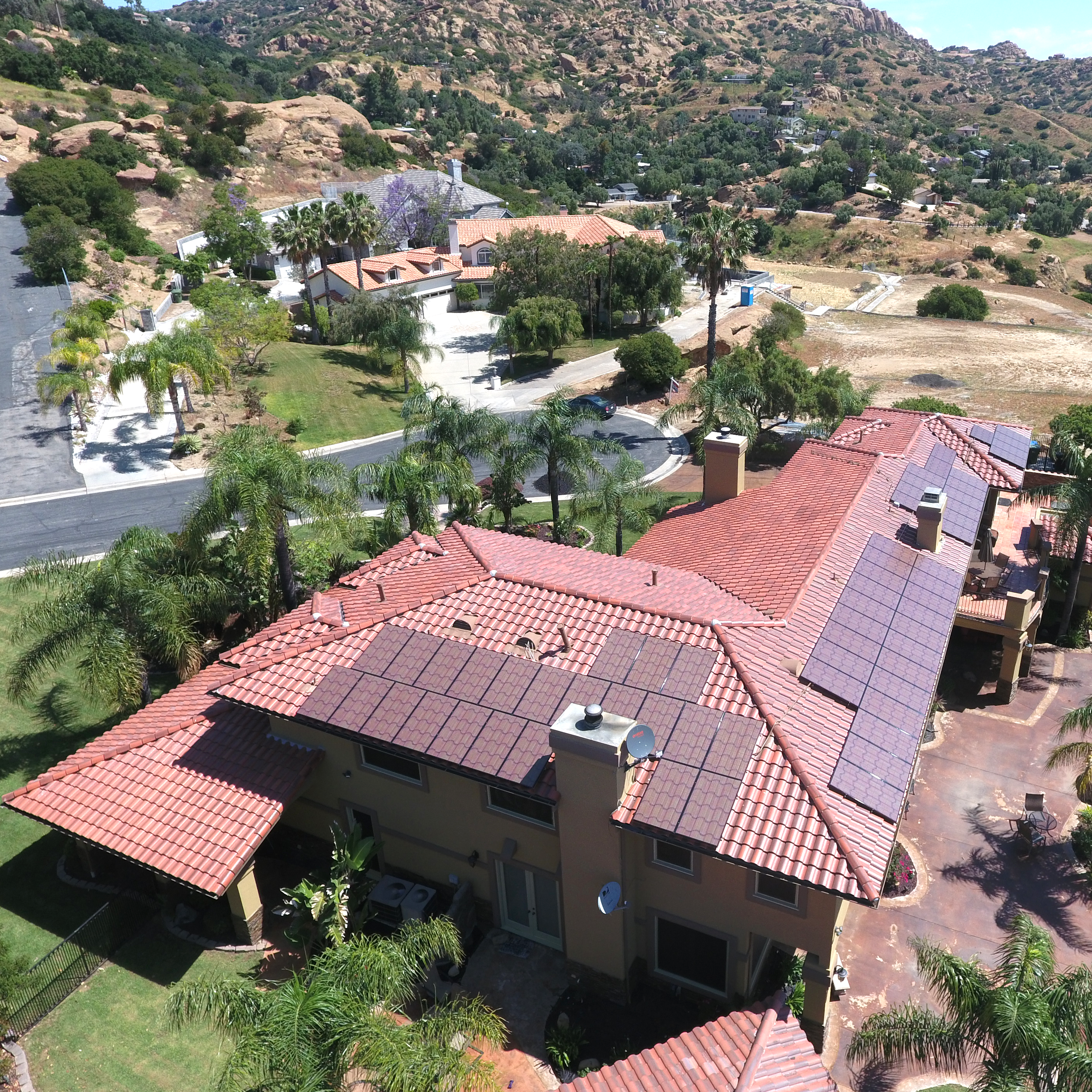
SolarSkin makes aesthetics possible and adds tremendous value to your solar system.
There is no shortage of stories that amplify how crucial aesthetics is for HOA residents looking to go solar, even in communities where they believed a solar installation would be an unchallenged endeavor. Take the ,case study of Joey Myles, who faced continual obstacles from his HOA board on the subject of aesthetics. In early 2018, he expressed his disappointment with the approved layout of the panels, which would’ve performed best on the front of his house: “I'm losing as much as 52 percent efficiency because I had to put them on the back of my house, but I should be getting way more." Later in the year, ,one of his neighbors suggested he look into SolarSkin. Within 36 hours, he received drawings and information, and was later approved by the same HOA board that denied him so many times, to move his panels to that ideal south-facing spot. They now produce 54% more electricity than before. See below how SolarSkin transformed his panels, allowing them to blend in with his neighborhood and achieve their maximum performance.
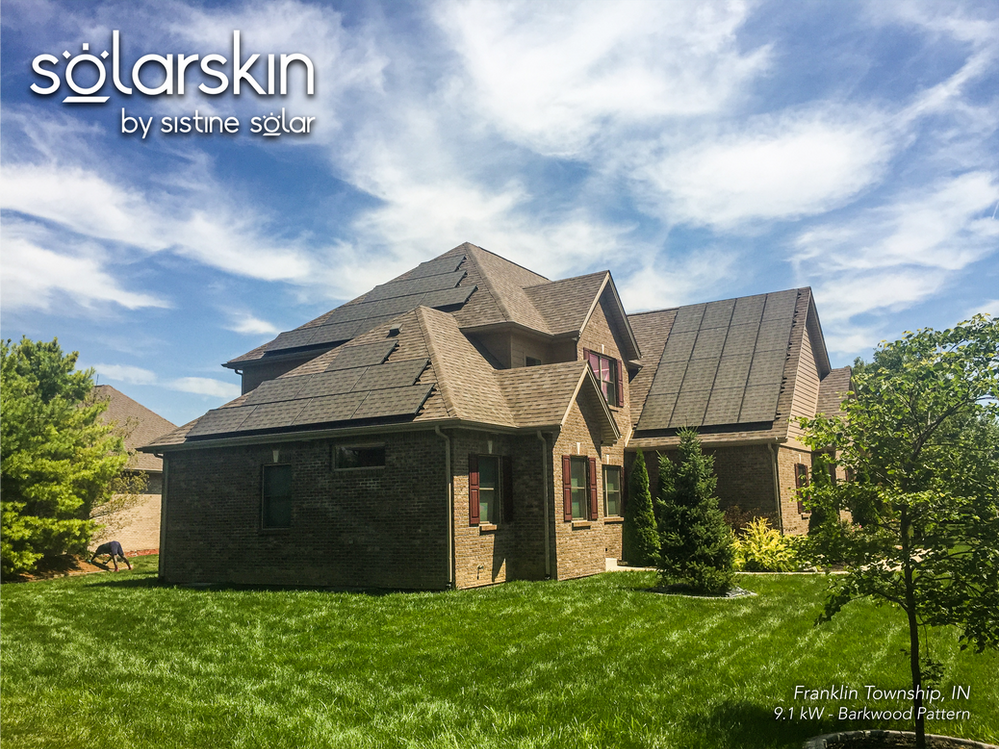
Your HOA board may also believe it is preserving property value in denying you solar access. However, there have been various studies conducted that show solar actually raises the property value of your home. Solar adds ,nearly $15,000 in value, and homes with solar tend to sell for 3.74% more than comparable non-solar properties. We’ve seen this firsthand at Sistine. Soon after a SolarSkin installation in Weymouth, MA (below), the homeowner was offered a job in Florida. With SolarSkin being a key highlight in the home’s listing, it ultimately picked up a 20% premium over similar houses in the area.

These stories are proof that homeowners don’t need to sacrifice aesthetics or performance when going solar. High functioning, beautiful solar is now possible with SolarSkin.
How can the panel array be the most visually appealing in my HOA neighborhood?
Even with SolarSkin, there are several other ways the installation of solar panels can be enhanced to best match your HOA neighborhood. Our ,HOA style guide is well equipped to showcase how beautiful solar is a possibility. We break down the key areas that will elevate solar aesthetics, all the way from design to panel installation - color, profile, layout, and wiring. See the example below of how differences in layout can make a big impact on your installation’s appearance.
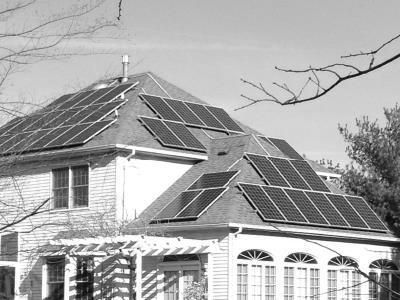

On the left, a conventional solar installation that appears unsightly. On the right, a SolarSkin installation that follows the shape of the house.
Can you notice what is lacking in the conventional layout? Thoughtful planning goes a long way with solar arrays. More tips, information, and examples can be found in our guide ,here.
What are my state’s solar access laws?
Many states have laws in place that prevent an HOA from denying solar to their respective homeowners, yet restrictions often exist that regulate the way the rooftop array is designed and installed. You may even still have to request permission. ,There are many online resources that detail each state’s specific legislation, and it’s important to know your rights when you wish to present plans to your HOA board.
We understand this process can be daunting for many. That is why we have compiled our HOA Resource Center (launching soon ,here) — the definitive spot for you to understand the critical components of going solar. Everything from solar access laws, case studies, important guidelines, and more. At Sistine, we are committed to giving you the solar experience you deserve. Learn more at ,,www.sistinesolar.com.


